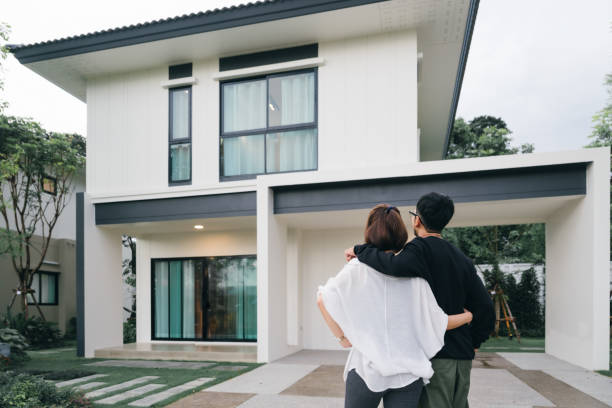Buying a home is one of the biggest financial steps you’ll ever take — and saving for it can feel overwhelming, especially with today’s rising home prices and interest rates. But before you give up on your dream of homeownership, ask yourself: How much money do I need to save before I buy a house? The answer might be less than you think.
In this guide, we’ll break down all the key costs — both upfront and ongoing — to help you plan and save with confidence.
What Are the Upfront Costs of Buying a Home?
Before you can get the keys to your new home, there are several upfront costs you’ll need to plan for. These expenses go beyond just the down payment and can add up quickly if you’re not prepared.
Down Payment
The down payment is often the largest upfront cost — but it’s not always 20%, like many people believe.
Typical Down Payment Requirements:
- Conventional loan (Fannie Mae/Freddie Mac): As low as 3%
- FHA loan: Minimum 3.5% with decent credit
- VA loan: Often 0% down for qualified veterans
- Down Payment Assistance Programs: Available through local and nonprofit groups
Example:
For a $300,000 home:
- 20% down = $60,000
- 3% down = just $9,000
That’s a significant difference — and potentially much more attainable for first-time buyers.
Closing Costs
Closing costs cover all the fees required to process and finalize your mortgage. These may include:
- Loan origination fees
- Appraisal and credit report fees
- Title search and insurance
- Underwriting and application costs
You can expect to pay 2%–5% of your loan amount in closing costs.
For a $300,000 loan, that’s $6,000 to $15,000.
Tip: Some sellers may agree to pay a portion of your closing costs, or you may be able to roll them into your loan.

What Ongoing Costs Should You Budget For?
Buying the home is just the beginning — homeownership comes with ongoing monthly and yearly expenses you’ll need to factor into your budget. Planning ahead for these costs can help you avoid surprises and stay financially comfortable.
Monthly Mortgage Payment
Your monthly mortgage payment includes:
- Principal + interest
- Property taxes
- Homeowners insurance
- Possibly PMI (if applicable)
Lenders typically prefer that your total housing costs do not exceed 28% of your gross monthly income. Use an online mortgage calculator to estimate your monthly payment based on home price, location, and interest rate.
Homeowners Insurance
This is required by all lenders and protects your property from damage or loss.
As of 2021, the national average cost was $1,272 per year or about $106/month — but rates vary depending on location and coverage.
Private Mortgage Insurance (PMI)
If your down payment is less than 20%, you’ll likely need PMI.
This protects the lender and typically costs 0.5% to 1.5% of your loan amount annually, depending on your credit score and loan terms.
Home Maintenance & Emergency Savings
Owning a home means being prepared for repairs and maintenance:
- HVAC repairs
- Plumbing issues
- Appliance replacement
Set aside a small savings cushion each year for unexpected costs. A good rule of thumb is to budget 1% of the home’s value per year.
Final Thoughts: How Much Should You Really Save?
Here’s a quick breakdown to help you estimate your savings target:
| Expense | Estimated Amount (for $300,000 home) |
| 3% Down Payment | $9,000 |
| 3% Closing Costs | $9,000 |
| Initial Insurance | $1,200 |
| Emergency Cushion | $3,000–$5,000 |
| Total Estimate | $22,000–$25,000 |
Your numbers may vary — but having a clear goal will help you stay on track.
Ready to Take the First Step Toward Homeownership?
We’re here to help you navigate the process, explore loan options, and find out exactly how much house you can afford.
Call us today or fill out our quick online form to get started — and turn your dream of owning a home into a reality.


